Ultrak TVC-500 User manual
Other Ultrak Security Camera manuals
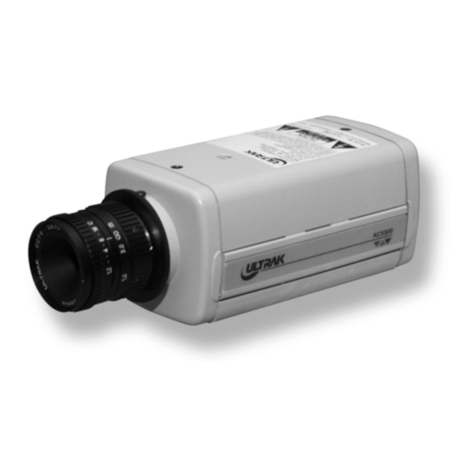
Ultrak
Ultrak KC5300 User manual
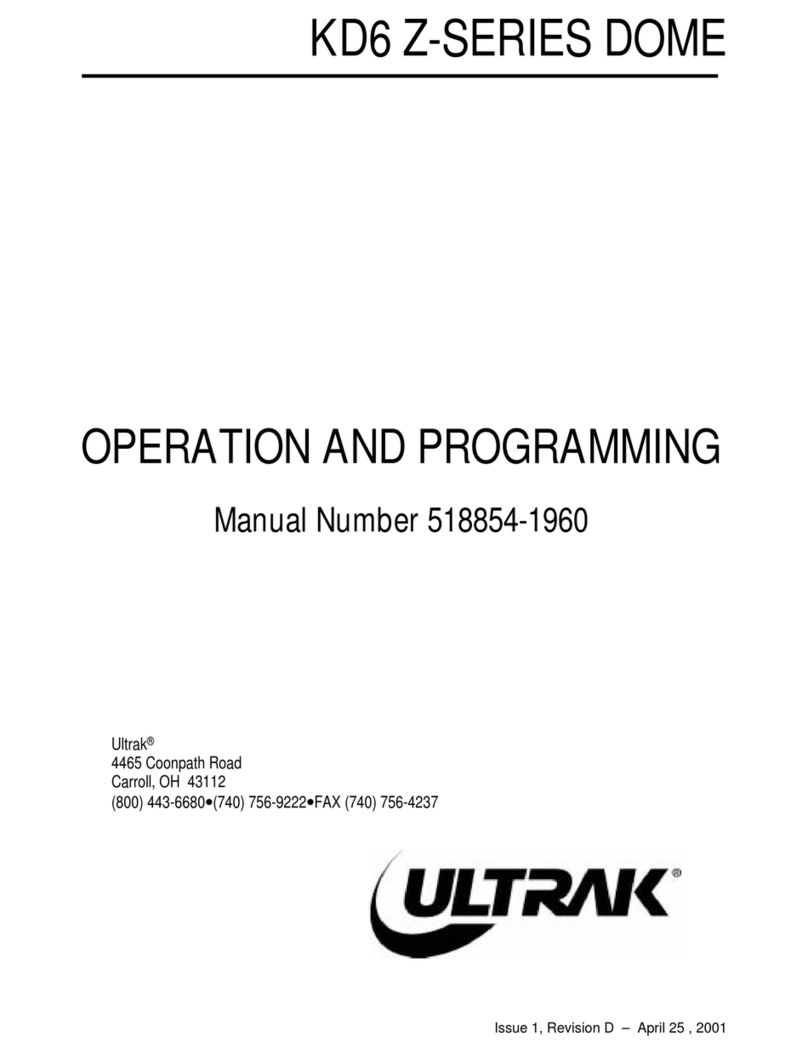
Ultrak
Ultrak KD6 Z Series Owner's manual
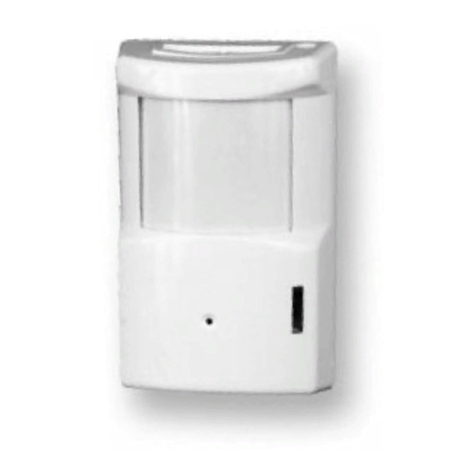
Ultrak
Ultrak CSC100BU User manual

Ultrak
Ultrak KC2200CN User manual
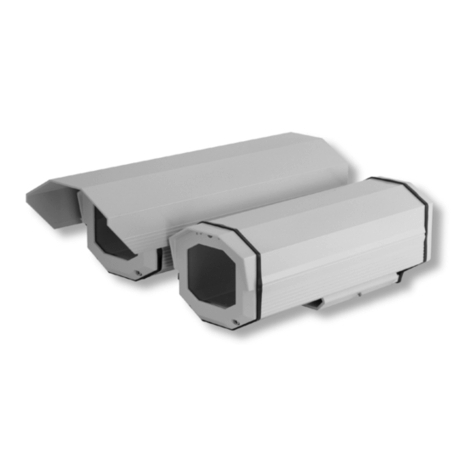
Ultrak
Ultrak HEG14 User manual
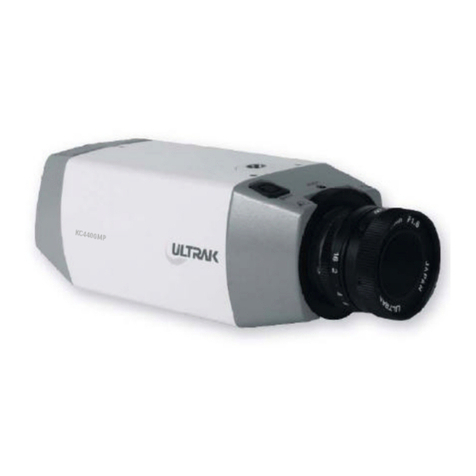
Ultrak
Ultrak KC440xMP User manual
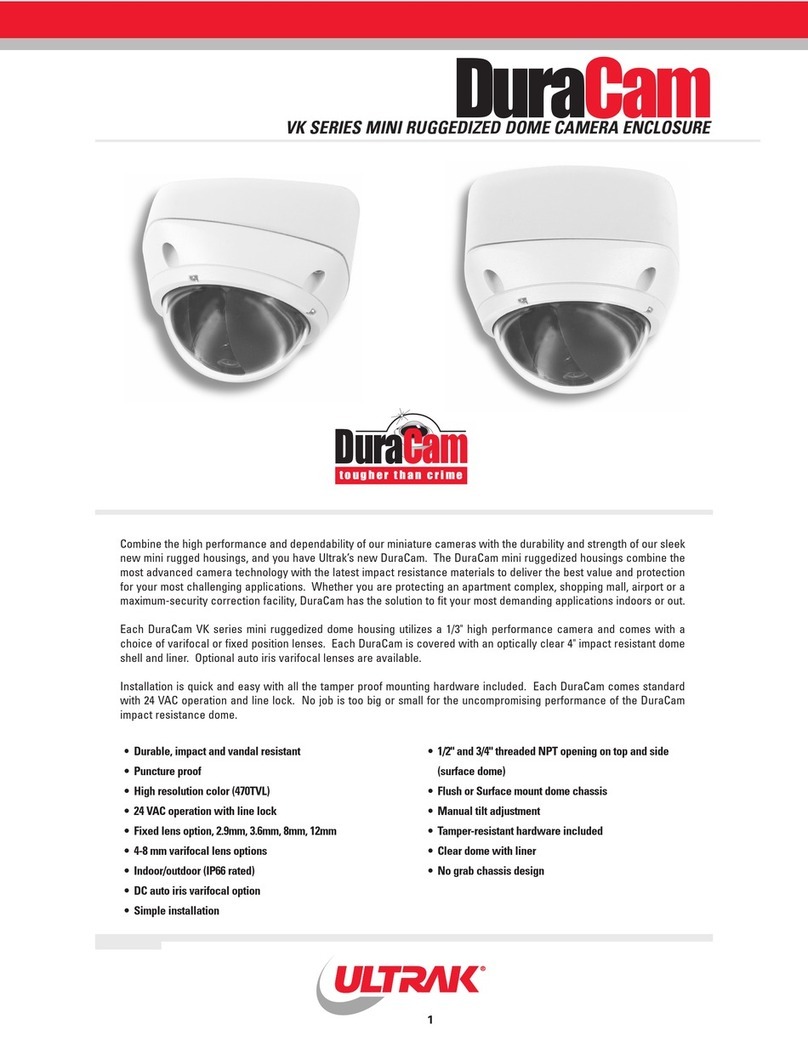
Ultrak
Ultrak DuraCam VK74A36C User manual
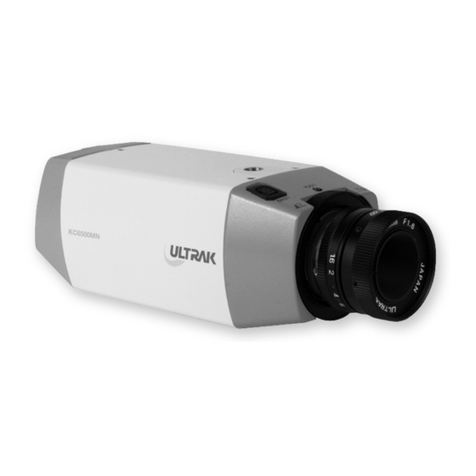
Ultrak
Ultrak KC452xMx Series User manual
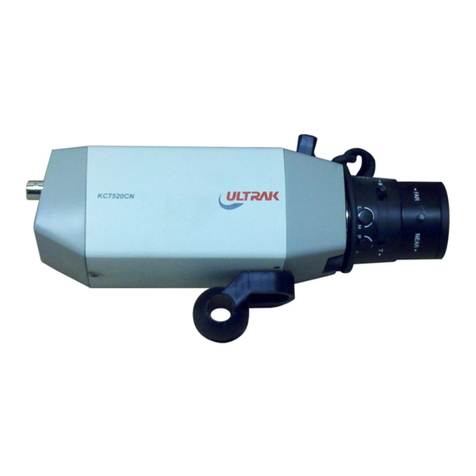
Ultrak
Ultrak KC5520CN User manual
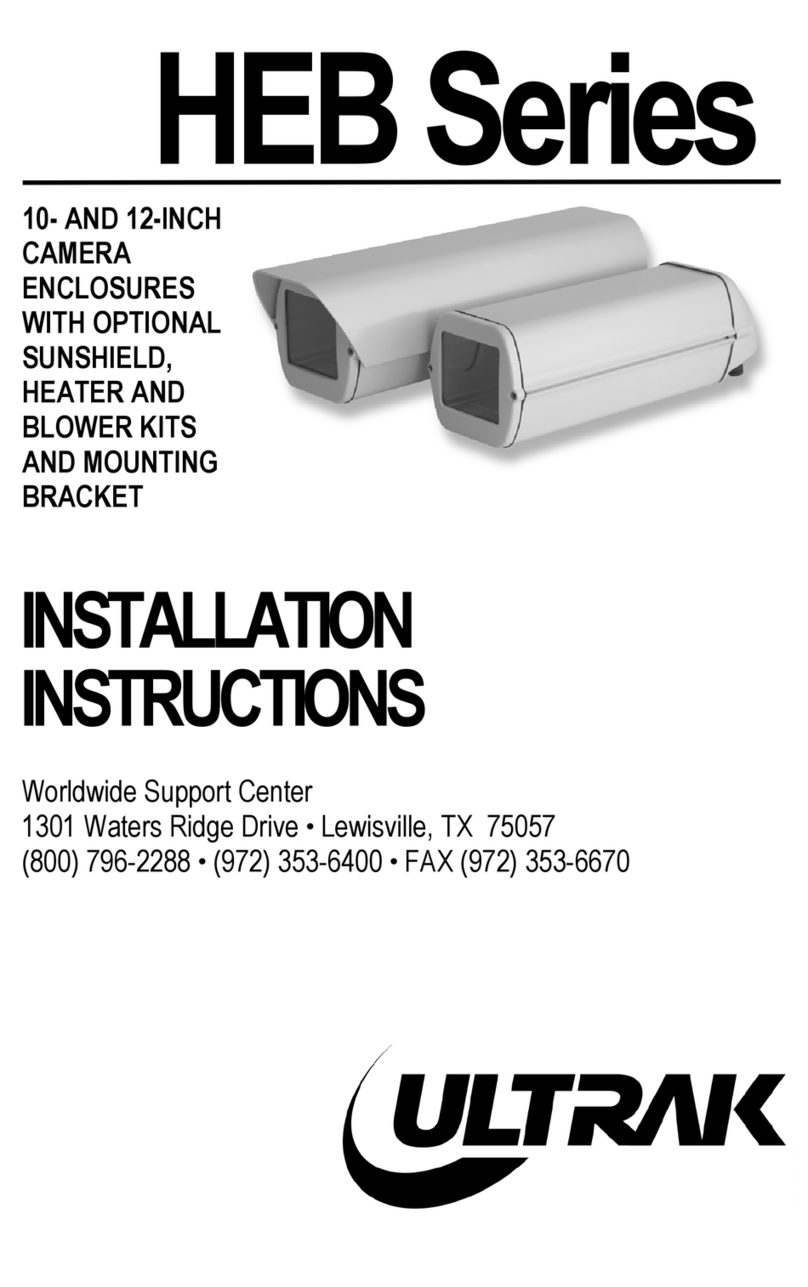
Ultrak
Ultrak HEB10 User manual

Ultrak
Ultrak KC450xMP User manual
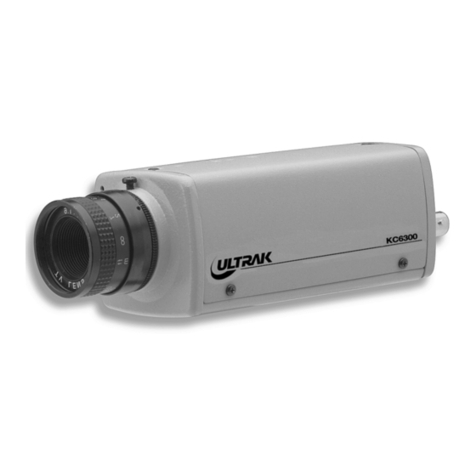
Ultrak
Ultrak KC6300 User manual
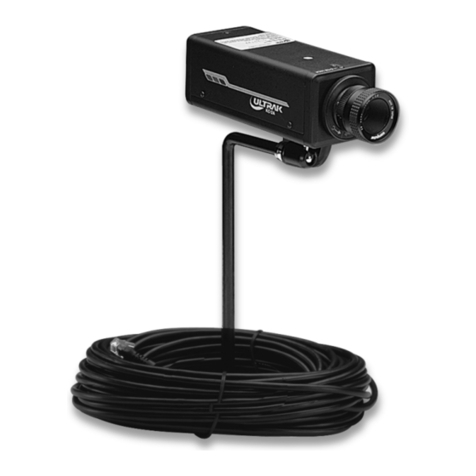
Ultrak
Ultrak KC-2A User manual
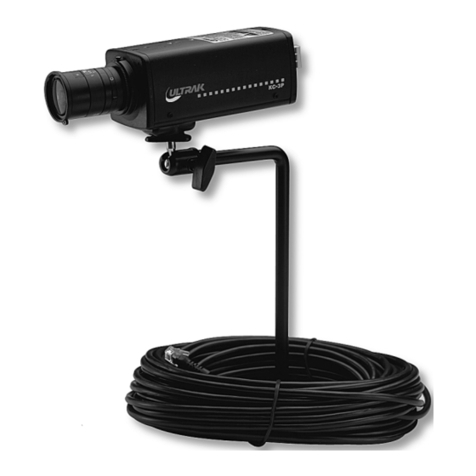
Ultrak
Ultrak KC-3P User manual
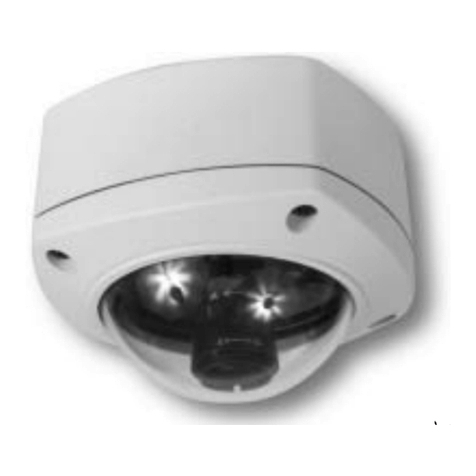
Ultrak
Ultrak DuraCam User manual
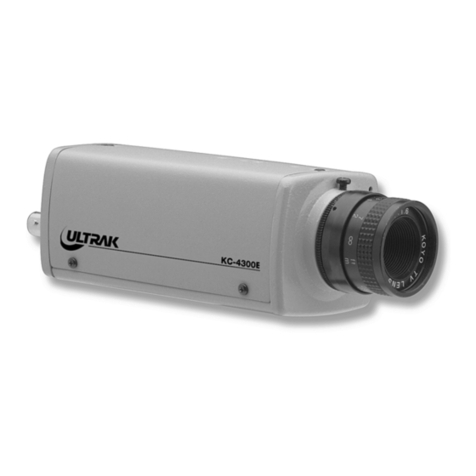
Ultrak
Ultrak KC4300E User manual
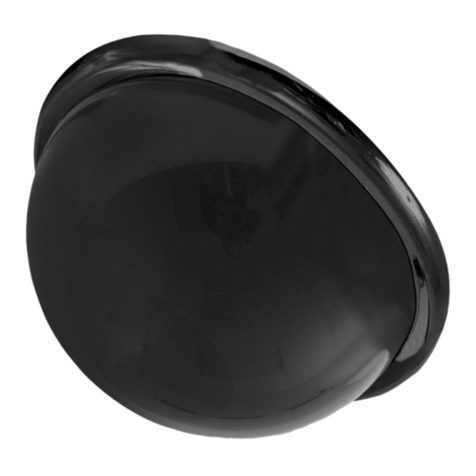
Ultrak
Ultrak KD5 Series User manual

Ultrak
Ultrak KC7400CN User manual
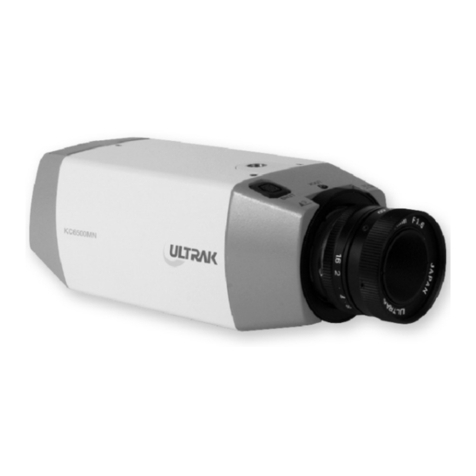
Ultrak
Ultrak KC4500MN User manual
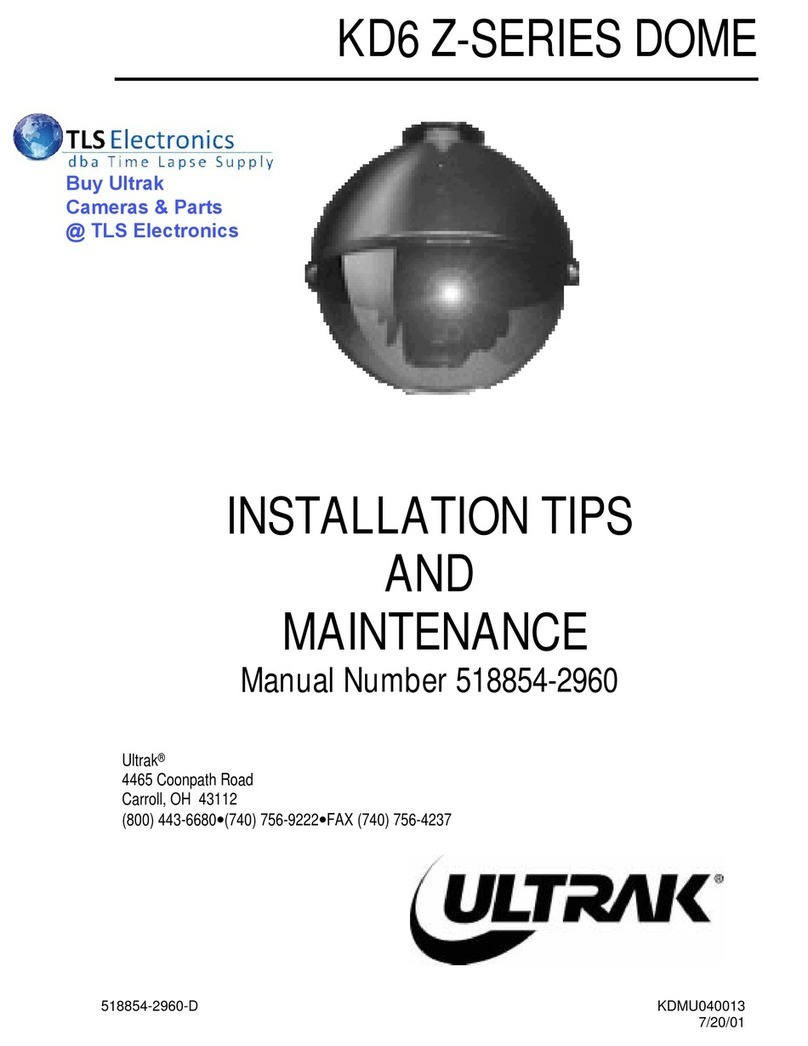
Ultrak
Ultrak KD6 Z-SERIES Assembly instructions


























